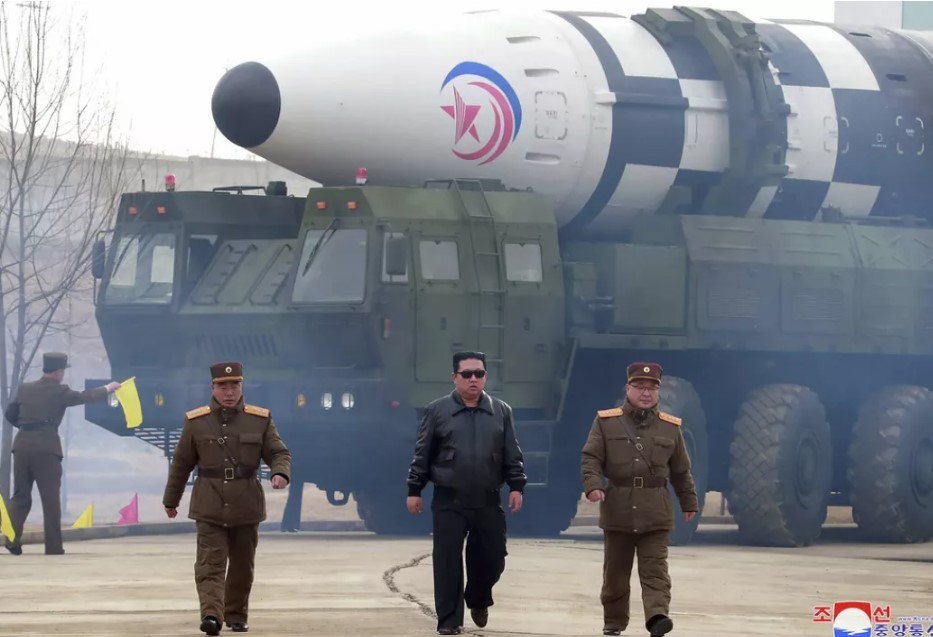Top 10 Largest Nuclear Plants In the U.S (2025)
| Table of Contents |
What is the capacity of US nuclear power plants?
With almost 30% of the nuclear electricity generated globally, the United States of America is the world's greatest generator of nuclear power. With 98 nuclear reactors spread across 30 states, there are 60 nuclear power facilities that are now in operation for commercial purposes. The U.S. Energy Information Administration counts the two nuclear reactors at the Indian Point Energy Center in New York as independent nuclear plants.
Thirty-six of these nuclear plants have two reactors or more. With three reactors and a total net summer electricity generation capacity of 3,937 megawatts (MW), the Palo Verde nuclear power plant in Arizona is the largest nuclear facility. The smallest nuclear power plant is the 508 MW net summer electricity generating capacity R. E. Ginna Nuclear Power Plant in New York. It contains one reactor.
Power plants, which are dispersed around the nation, are essential to the provision of electricity to every American. These manufacturing plants use a variety of methods to produce power, most notably generators that transform mechanical energy into electrical energy.
The total of kinetic energy—produced by motion—and potential energy—created by position or electric charge—is known as mechanical energy. In a power plant, mechanical energy can be produced by using primary fuels—such as coal, natural gas, or uranium—or primary energy flows—such as wind or water.
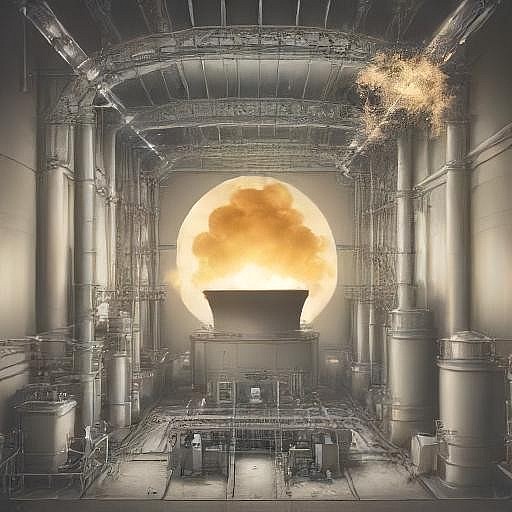 |
| Top 10 Biggest Nuclear Power Plants In the US Today By Capacity |
READ MORE: Top 5 Most Expensive Electric Vehicles in the World Today
How Many Types of Power Plants?
Thermal and renewable power plants are the two primary categories of power plants.
The majority of thermal power plants employ a primary fuel to convert water into very pressured steam, which drives a turbine's blades. The kinetic energy is transformed into electric energy by the rotating turbine, which spins enormous wire coils within a generator. Thermal power plants include those that run on coal, natural gas, and nuclear energy.
Primary energy flows are used by renewable power plants to produce electricity. Because their energy sources are self-renewing, they are renewable; nonetheless, this implies that their total energy capacity may be finite. They might not always be productive. In order to generate energy that can be transformed into electricity, hydroelectric facilities use the power of falling water, wind turbines use the power of the wind, and solar panels use the power of the sun.
The bulk of the thermal power plants that produce the most electricity in the US rely on nuclear energy to produce pressured steam, which may be used to generate electricity.
READ MORE: Top 10 Countries with the Most Nuclear Reactors in the World 2024
Top 10 Biggest Nuclear Power Plants In the US Today By Capacity
1. Palo Verde Nuclear Generating Station
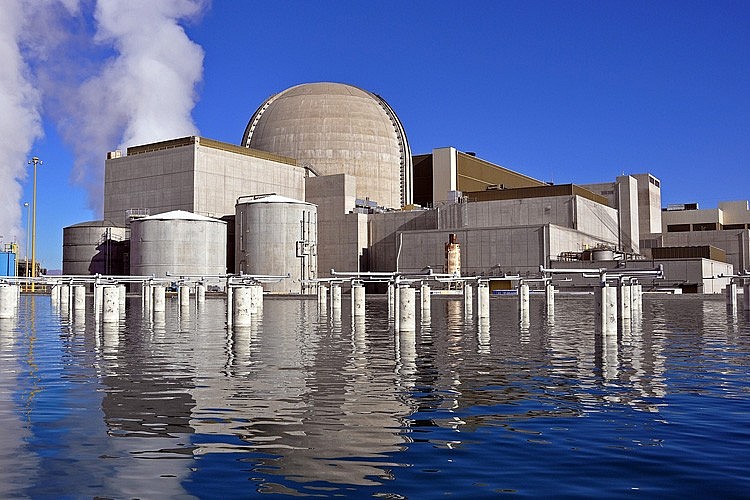 |
Capacity: 3.93GW
The Palo Verde Generating Station, which boasts a capacity of 3.93GW, is the largest nuclear power station in the United States. It generates over 32 million megawatt-hours (MWh) of electricity annually, which could provide electricity to over four million individuals in Arizona.
Three units are equipped with pressurized water reactors at the power facility, which is situated in close proximity to Tonopah, Arizona. Units one and two were operationalized in 1986, while unit three was completed in 1988. The plant is distinctive in that it utilizes 20 billion gallons of municipal wastewater for cooling, as opposed to freshwater.
El Paso Electric (15.8%), Southern California Edison (15.8%), Public Service Co. of New Mexico (10.2%), Los Angeles Dept. of Water & Power (5.7%), Arizona Power Service (APS, 29.1%), Salt River Project (SRP, 17.5%), and Public Service Co. of New Mexico (10.2%) jointly have ownership of the power plant. The plant is operated by APS for the owners' benefit.
2. Browns Ferry Nuclear Plant
Capacity: 3.4GW
Situated close to Decatur, Alabama, on 840 acres along the Tennessee River is the Browns Ferry Nuclear Plant. Three boiling water reactors, constructed between 1967 and 1977, are used in it. Browns Ferry was the world's largest nuclear facility when it was first put into service. It ranks as the country's second-highest producer at the moment.
The facility generated around 28.7 million MWh of electricity in 2020. There are 1,500 employees at Browns Ferry.
3. Peach Bottom Atomic Power Station
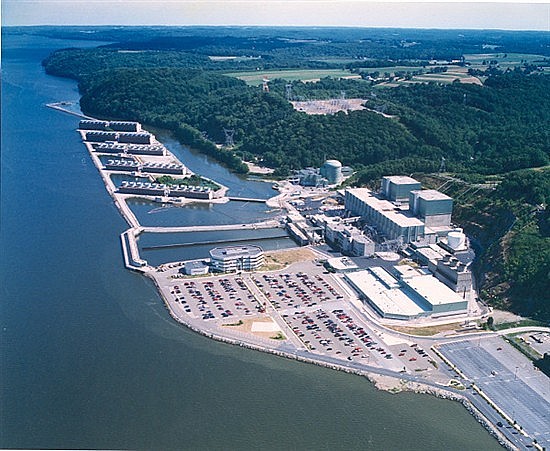 |
Capacity: 2.77 GW
Situated in York County, Pennsylvania, on the Susquehanna River, the Peach Bottom Atomic Power Station is roughly fifty miles southeast of Harrisburg. Peach Bottom Unit 1 was an experimental helium-cooled reactor that was finished in 1967 and shut down in 1974. Boiling water reactors Units 2 and 3 were put into service in 1974 and are still in use today. With approximately 21.8 MWh of electricity produced in 2020, Peach Bottom ranked fourth nationally in terms of energy production.
4. South Texas Project Electric Generating Station
Capacity: 2.7GW
'In 1988, the South Texas Nuclear Generating Station in Bay City, Texas, became the state's first nuclear power facility. Its use of a 7,000-acre reservoir in place of cooling towers and additional backup core-cooling systems for each of its two reactors are only two of its distinctive characteristics.
Due to rising costs and the excruciatingly slow regulatory assessment procedure, NRG Energy abandoned its intentions to expand the facility with two 1,358 MW reactors in 2011. Still, the decision probably had something to do with TEPCO's financial and public relations issues in the wake of the Fukushima tragedy.
5. Oconee Nuclear Power Plant
Capacity: 2.62 GW
The Oconee Nuclear Station operated by Duke Energy in Seneca, South Carolina, completes the top five. With the capacity to power 1.9 million households daily, the three-reactor facility was the first in the US to produce more over 500 million MWhr of electricity. It also became the second nuclear power station in history to have its initial 40-year operating license extended for a further 20 years, allowing it to continue operations until 2031.
6. Suquehanna Nuclear Power Plant
Capacity: 2.6GW
The Susquehanna Nuclear Power Plant is situated in Pennsylvania's Luzerne County near Salem Township. With a 2.6GW total capacity, it is the second largest nuclear power facility in Pennsylvania, only surpassed by Peach Bottom Nuclear Station. Talen Energy owns 90% of the Susquehanna Nuclear Power Plant and Allegheny Electric Cooperative owns 10%. Susquehanna Nuclear operates the facility.
7. Vogel Nuclear Power Station
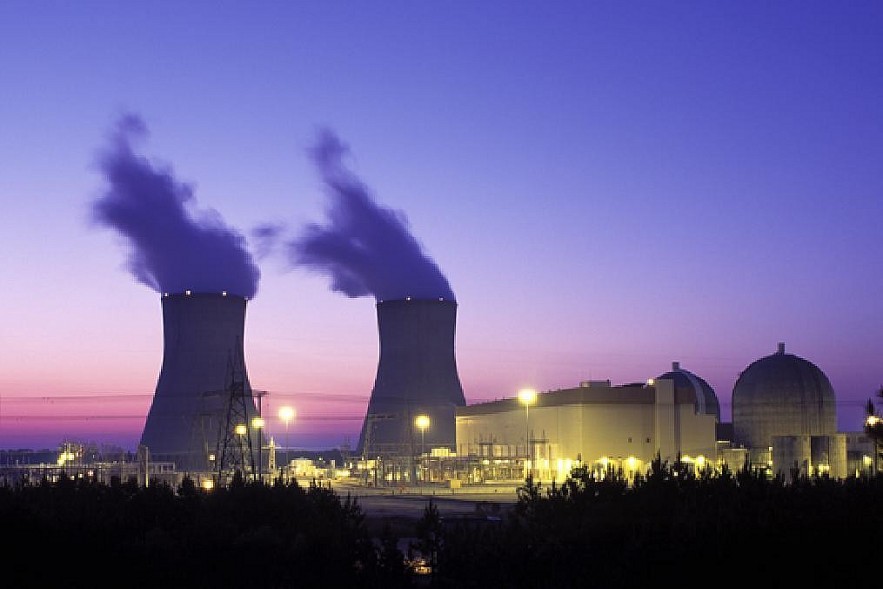 |
Capacity: 2.43GW
Situated in Burke County, Waynesboro, Georgia, Vogtle Electric Generating Plant is a nuclear power plant with a 2.43GW overall capacity. Two PWR units with a combined capacity of 2,430 MW currently make up the power plant, and two more reactors are being built.
Additionally, four mechanical draft cooling towers at the Vogtle Electric Generating Plant offer nuclear cooling water service for both safety and non-safety components. Additionally, this cooling mechanism aids in lowering reactor decay heat. The Savannah River serves as the cooling source for this Southern Nuclear power station.
8. McGuire Nuclear Power Plant
Capacity: 2.38 GW
Situated on Lake Norman in Mecklenburg County, North Carolina, the US, is home to the McGuire nuclear power facility, which has been operational since 1981.
The Duke Energy-owned and -operated facility produces enough electricity to power about 1.7 million households in the United States.
Two 1,215MW (gross) PWR units are built within the McGuire nuclear power facility. The plant's construction started in 1971, and the reactor units McGuire-1 and McGuire-2 were put into service in 1981 and 1984, respectively.
9. Braidwood Generatin
Capacity: 2.39 GW
The 2.39 GW Braidwood power plant is situated close to the Illinois town of Braceville. The plant's construction was began in 1976 and finished in 1987.
Exelon Nuclear owns and runs the facility, which produces enough electricity to power about two million homes.
Two Westinghouse PWR units, which were put into service in July and October of 1988, respectively, are part of the Braidwood power plant. Braidwood-1 is authorized to operate until 2046, and Braidwood-2 is authorized to operate until 2047.
10. Byron Nuclear Power Station
Capacity: 2.34GW
The Byron Nuclear Generating Station is a nuclear power facility that utilizes the Rock River, a renowned waterway in Illinois, as a cooling source. It is located in Ogle County. It comprises two pressurized water reactors (PWRs), the first of which was operationalized in 1985 and the second in 1987. It is estimated that Byron generated approximately 2,450 megawatts of electricity in 2005, which is sufficient to supply electricity to two million individuals in Illinois. E
The 2.34GW Byron Nuclear Generating Station is owned and operated by xelon Corporation. Additionally, it is equipped with two natural drafts that function as the cooling towers for the reactors. Together, the two operational units produce 2,300MW.
| Biggest Electric Power Plant in the US Electric power plants with a large capacity to generate electricity usually operate at high utilization rates, also known as capacity factors. Byron had a capacity ranging from 2,300 megawatts (MW) to 3,937 MW, the maximum amount of electricity a power plant can generate. It was one of the top ten highest-generating power plants. Despite having lower nameplate capacities than Washington's Grand Coulee hydroelectric complex (6,809 MW), these plants nonetheless generate more power each year. With reduced consumption, Grand Coulee generated 16.6 million MWh of electricity in 2019. |
In summary
In contrast to other energy sources, nuclear energy is costly and contentious, with a significant portion of costs going into construction. High costs for new reactors are partly a result of a significant lack of mass investment in innovative nuclear technologies.
Nuclear energy will remain a major player in the energy landscape of the United States even if you believe that alternatives like wind, solar, or natural gas are currently more advantageous or affordable.
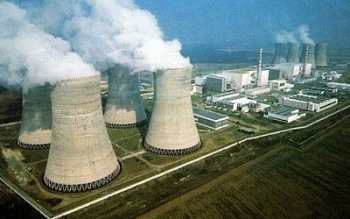 What is the Ukraine’s Largest Nuclear Plant with 6 Reactors What is the Ukraine’s Largest Nuclear Plant with 6 Reactors Fire breaks out at the Zaporizhzhia nuclear plant that has six out of Ukraine’s 15 nuclear energy reactors. |
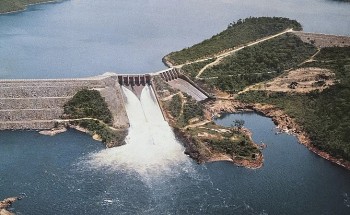 Top 10+ Biggest and Majestic Hydroelectric Plants in Africa Top 10+ Biggest and Majestic Hydroelectric Plants in Africa Africa has an abundance of water systems, which has led to a rise in the building of large dams to control the distribution of water ... |
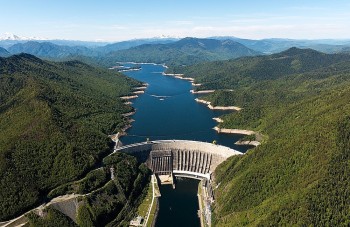 Top 10 Biggest & Most Majestic Hydroelectric Plants in the World Top 10 Biggest & Most Majestic Hydroelectric Plants in the World Explore the world's 10 largest and most majestic hydroelectric plants/dams based on generating capacity. |




